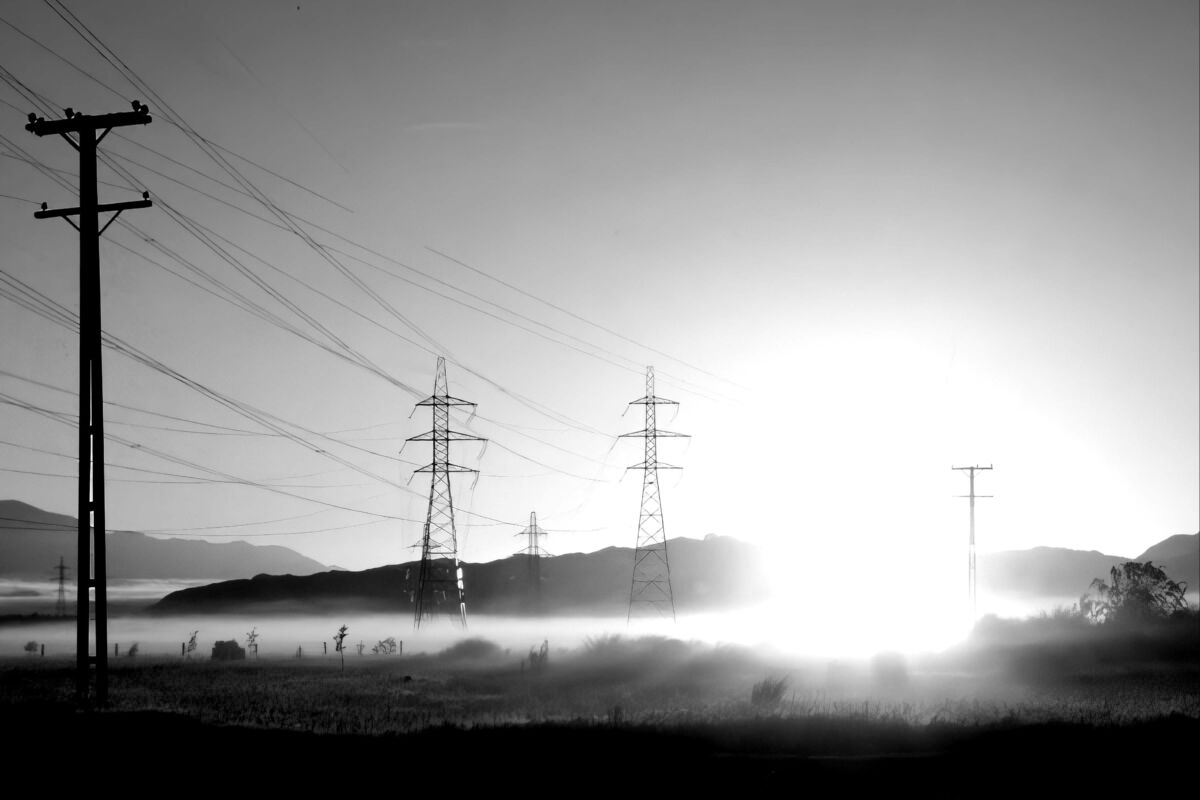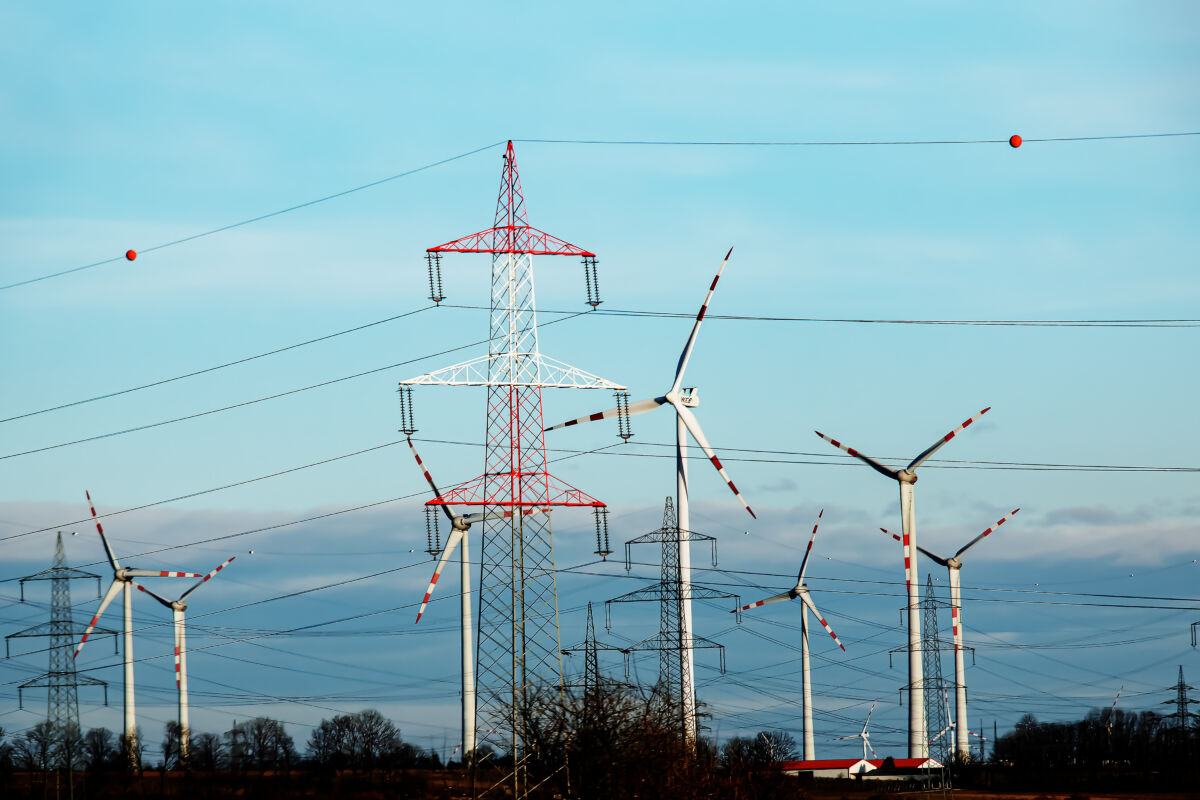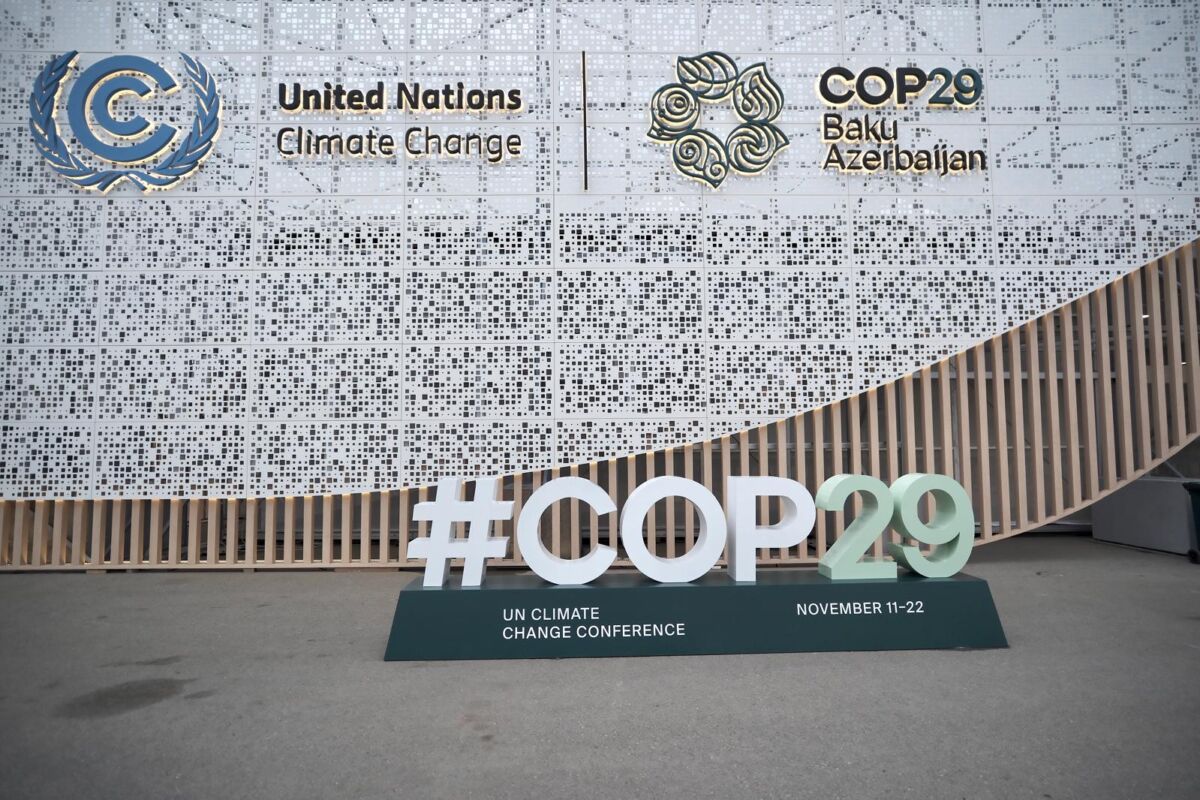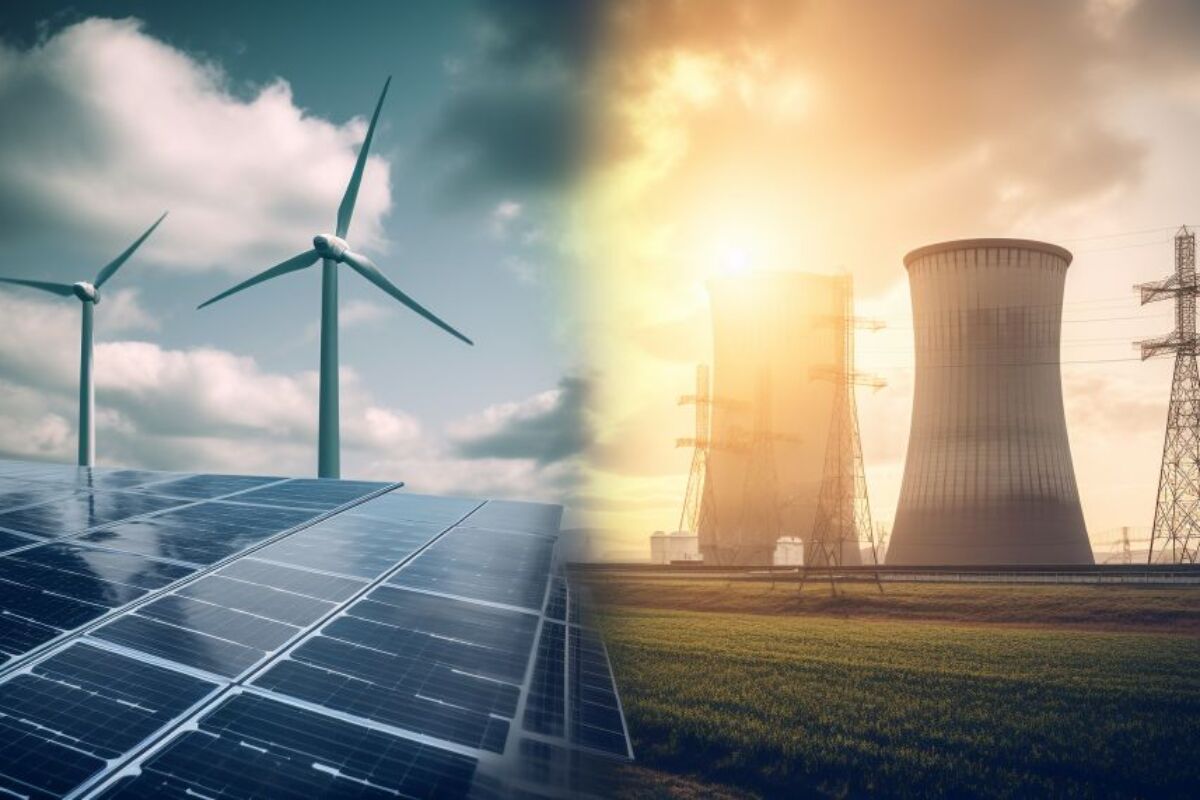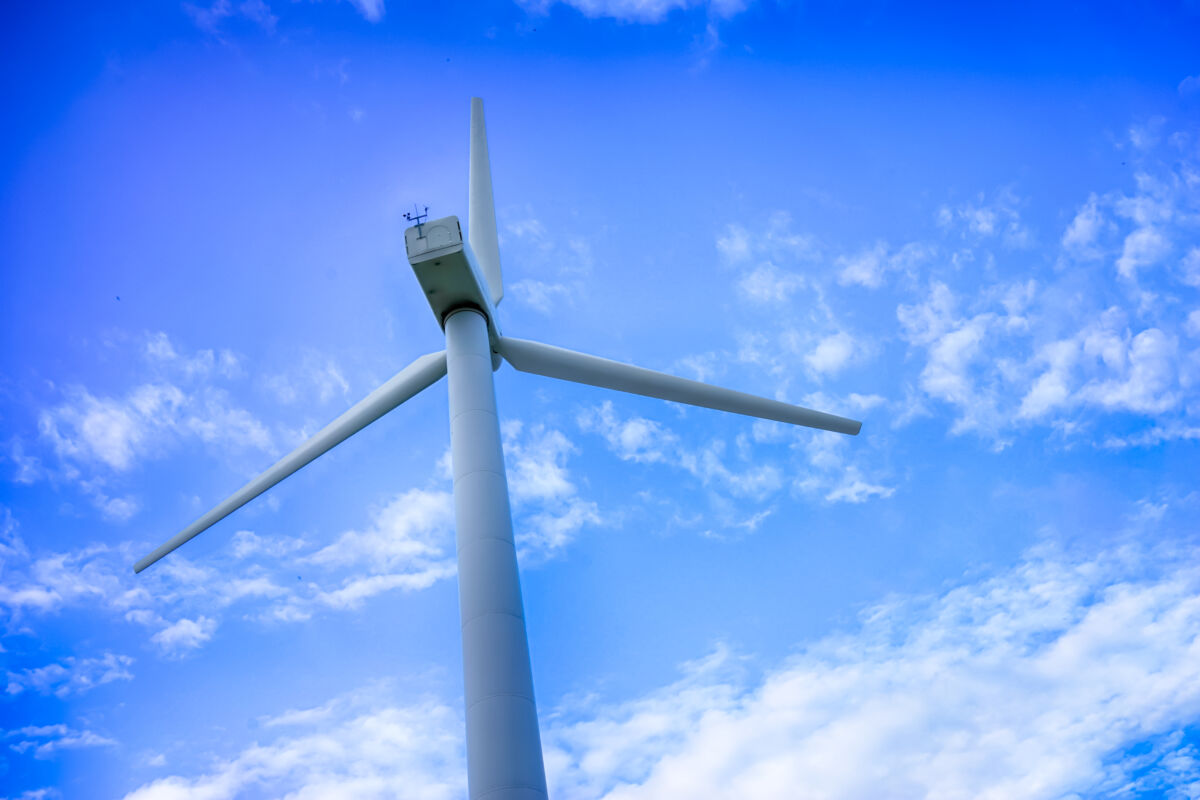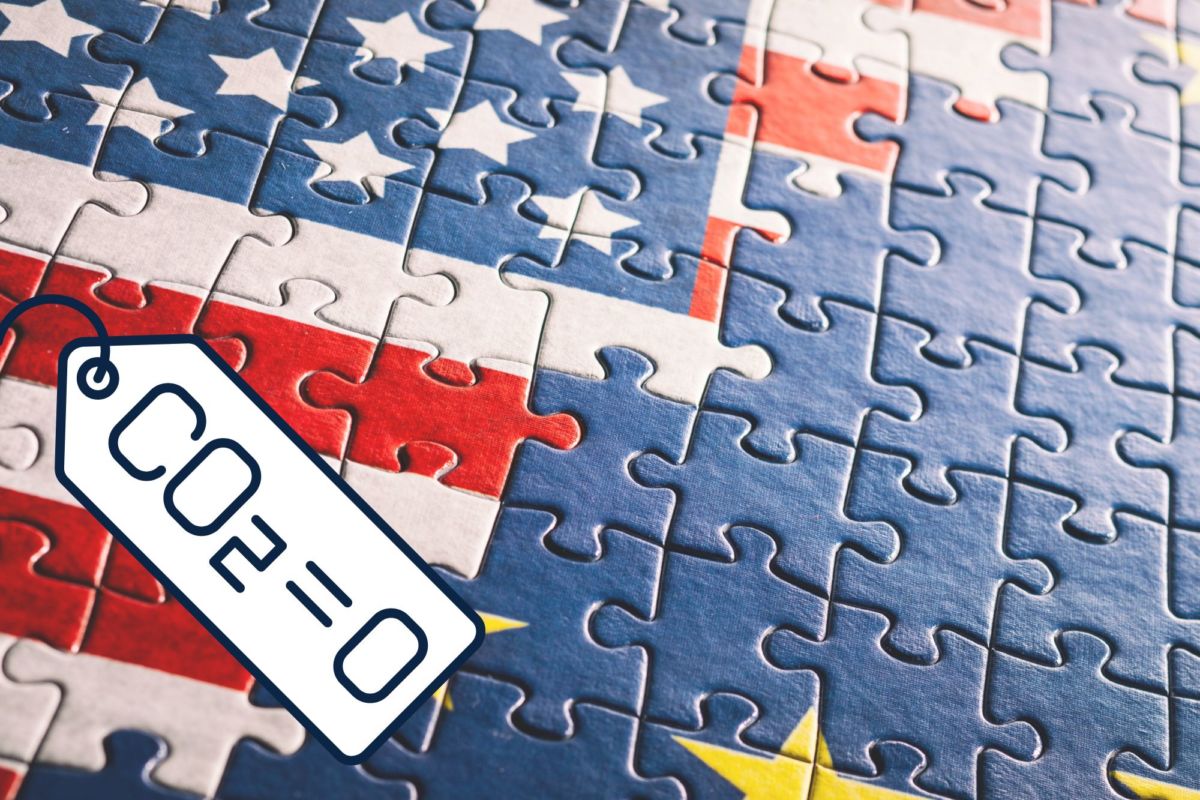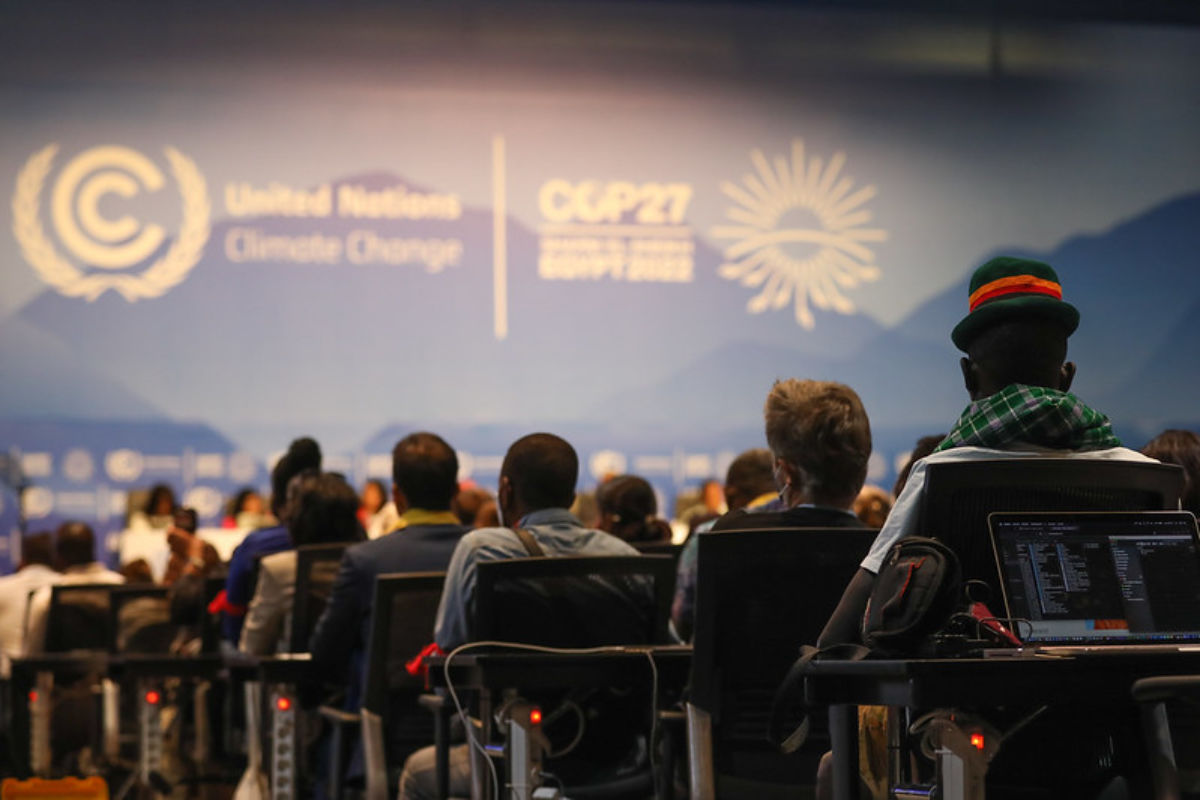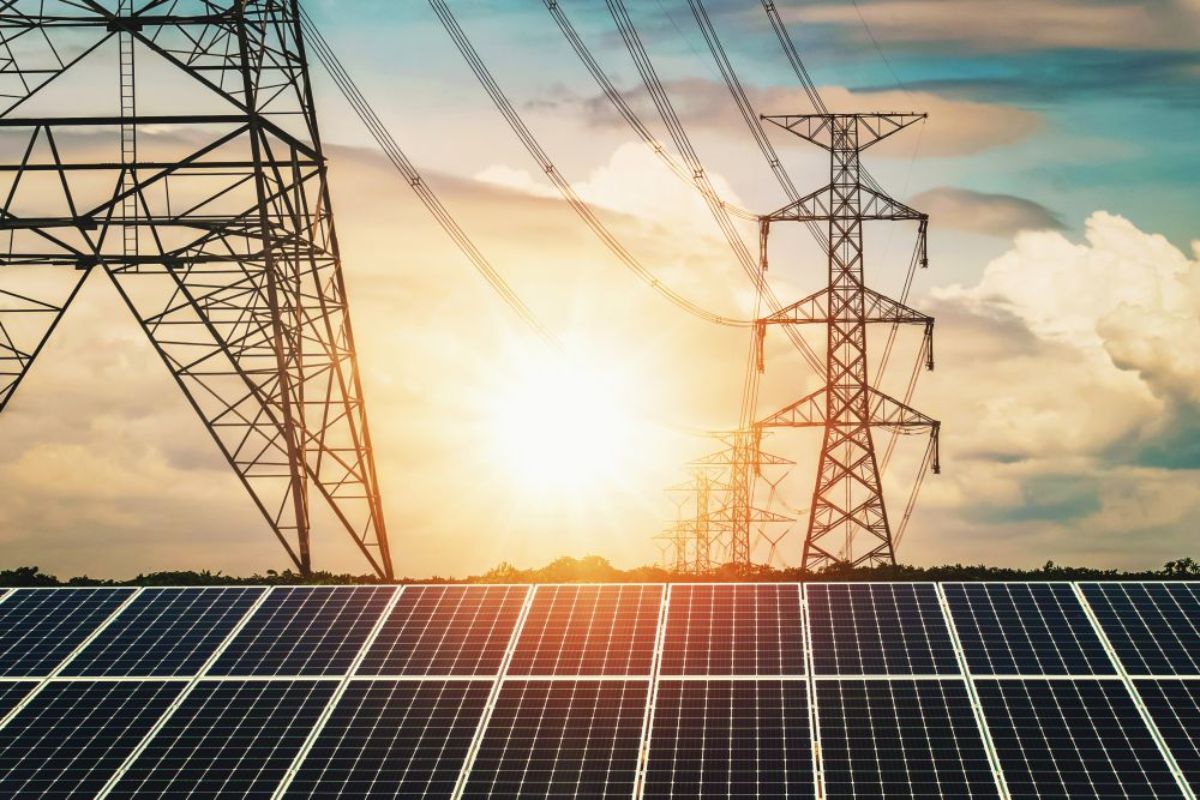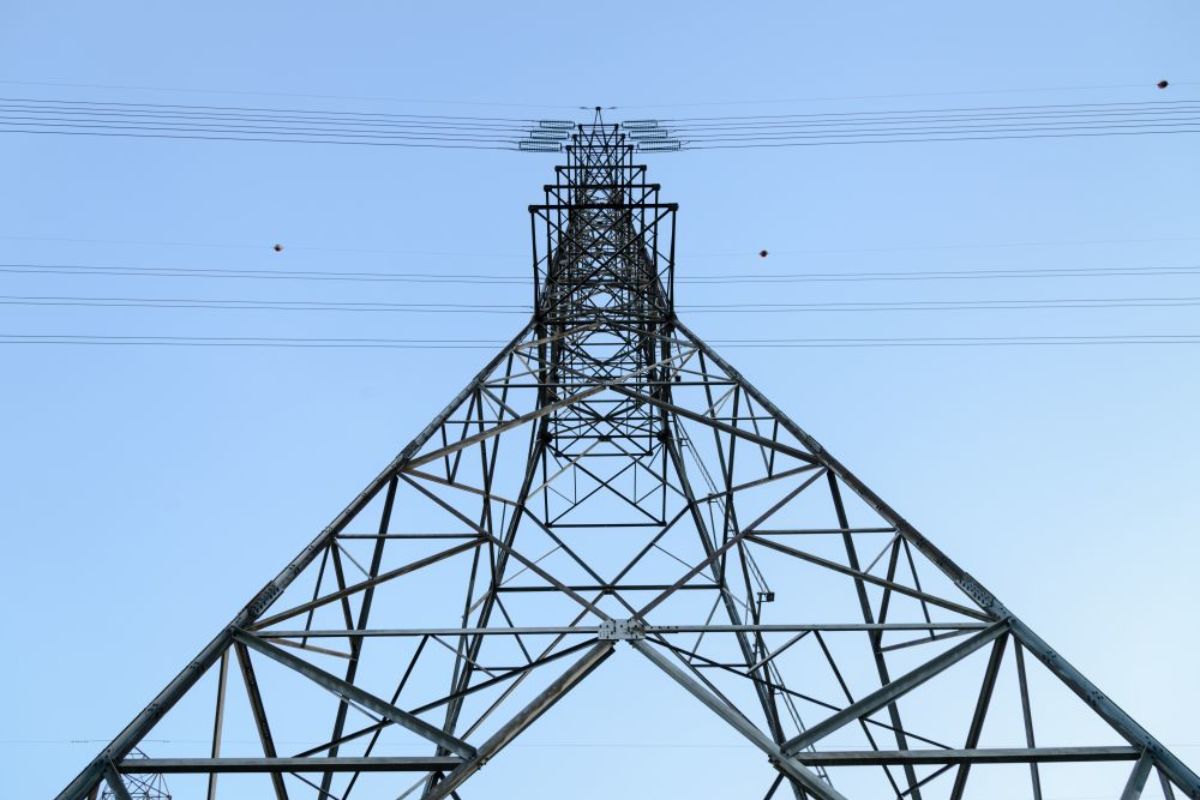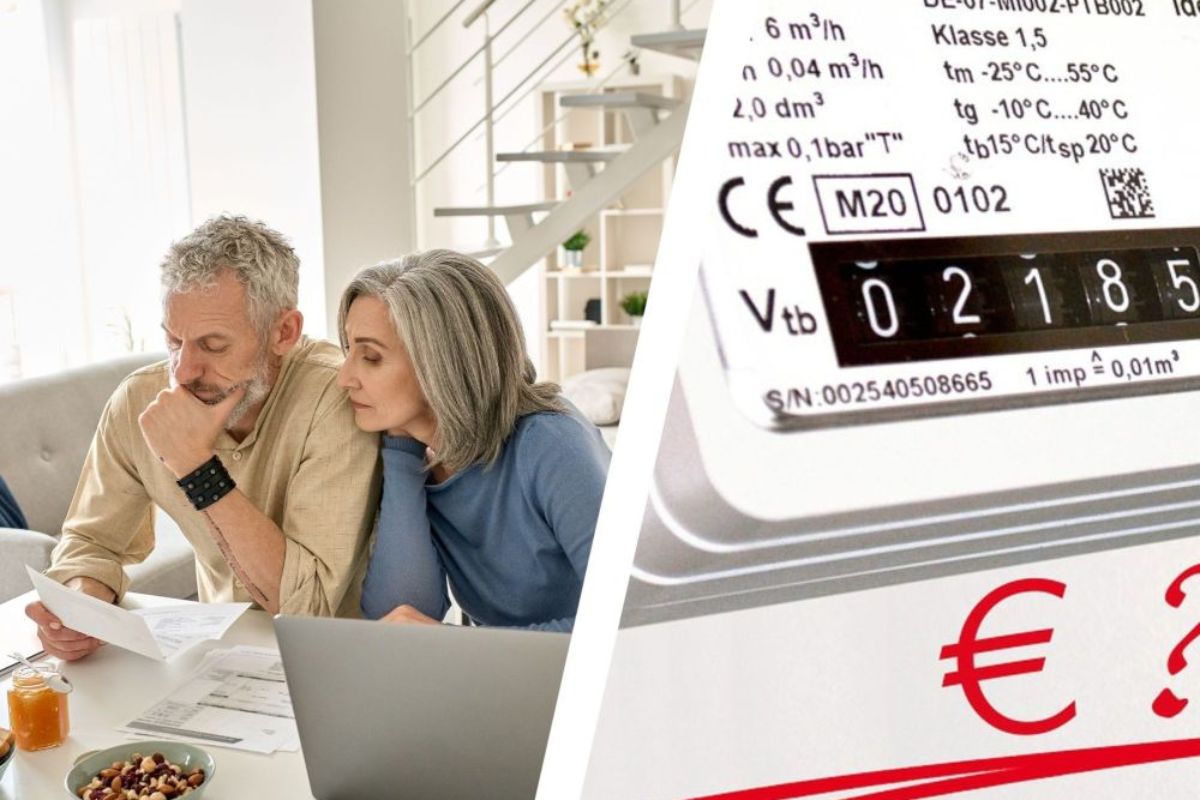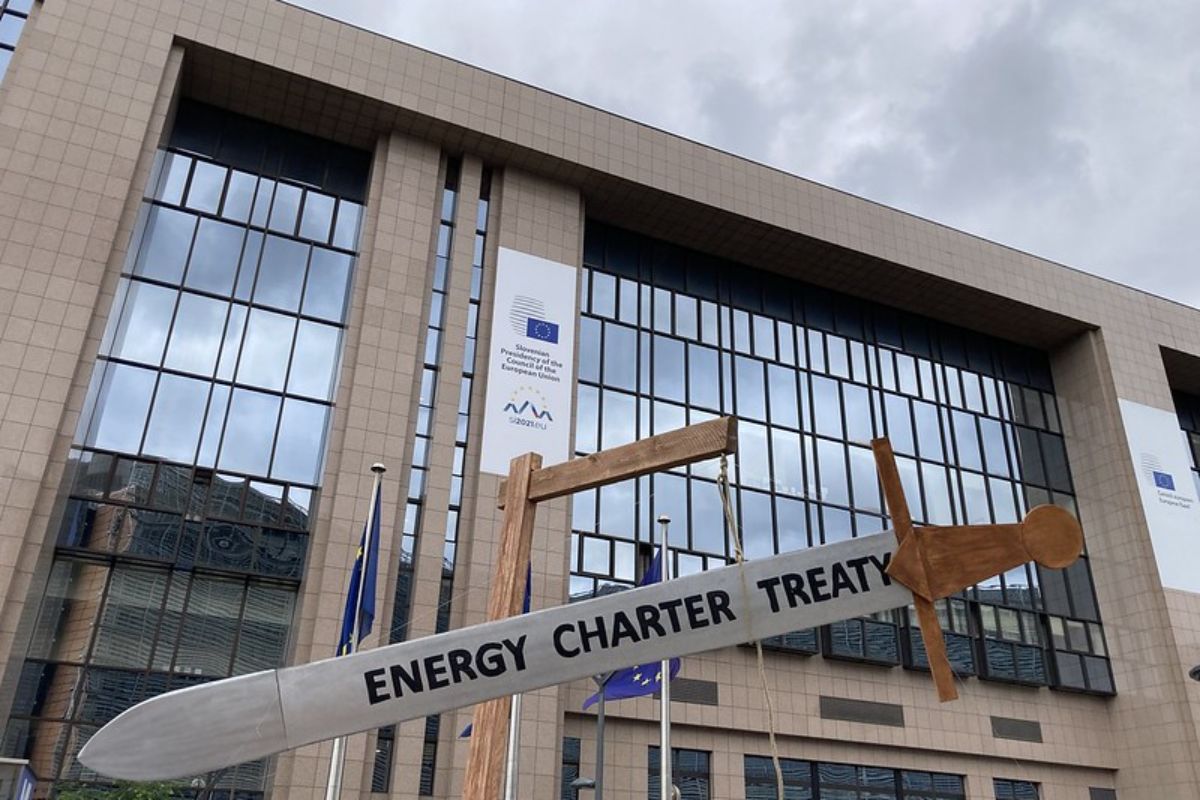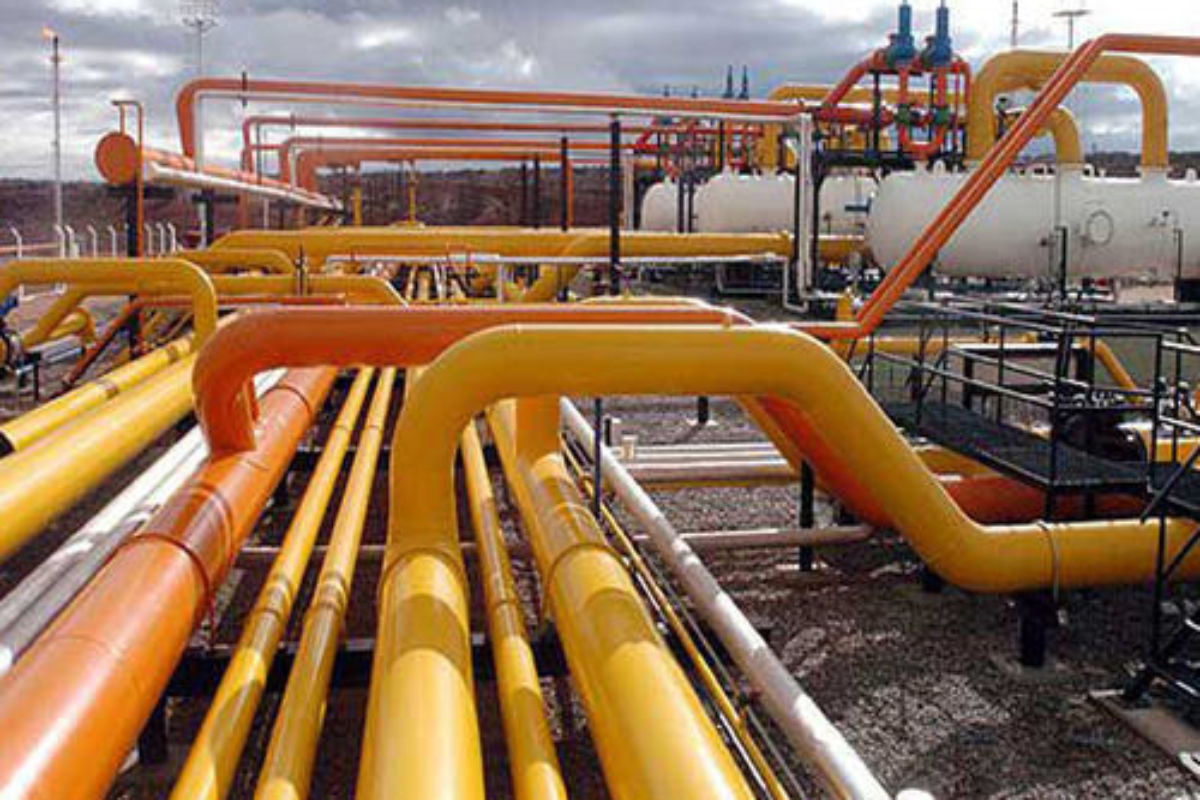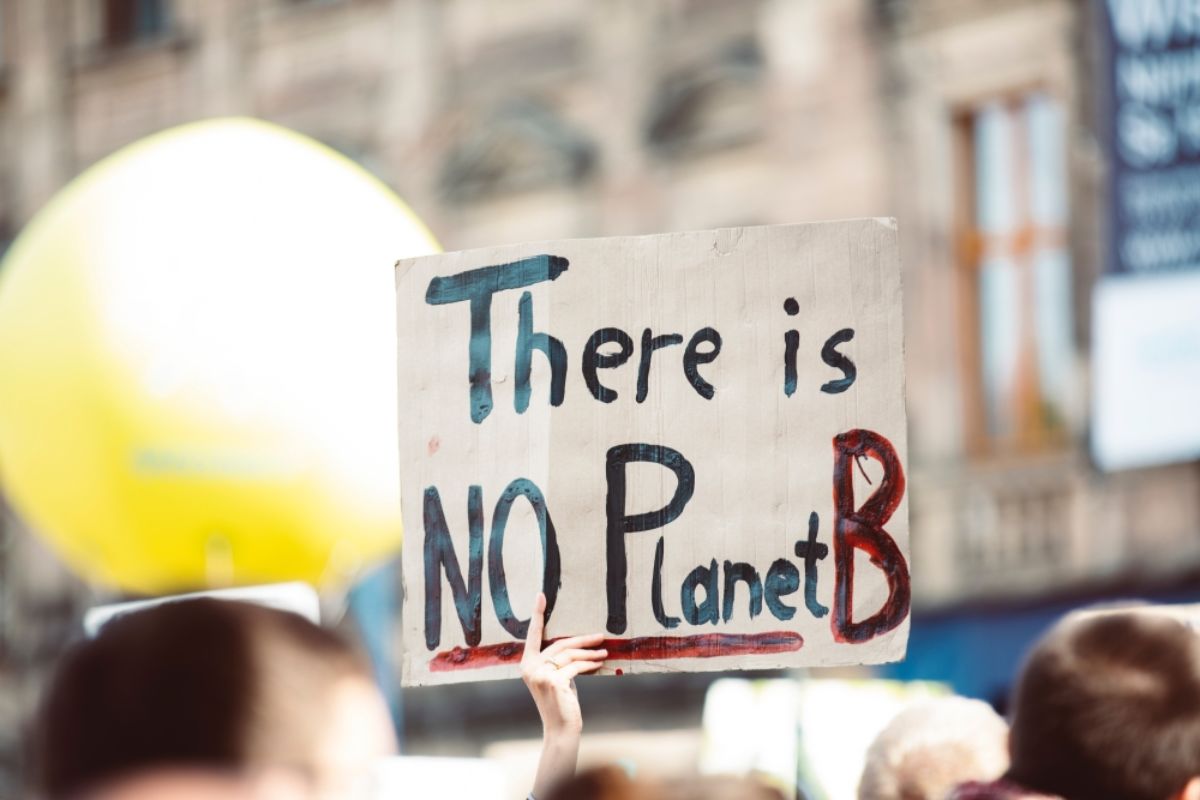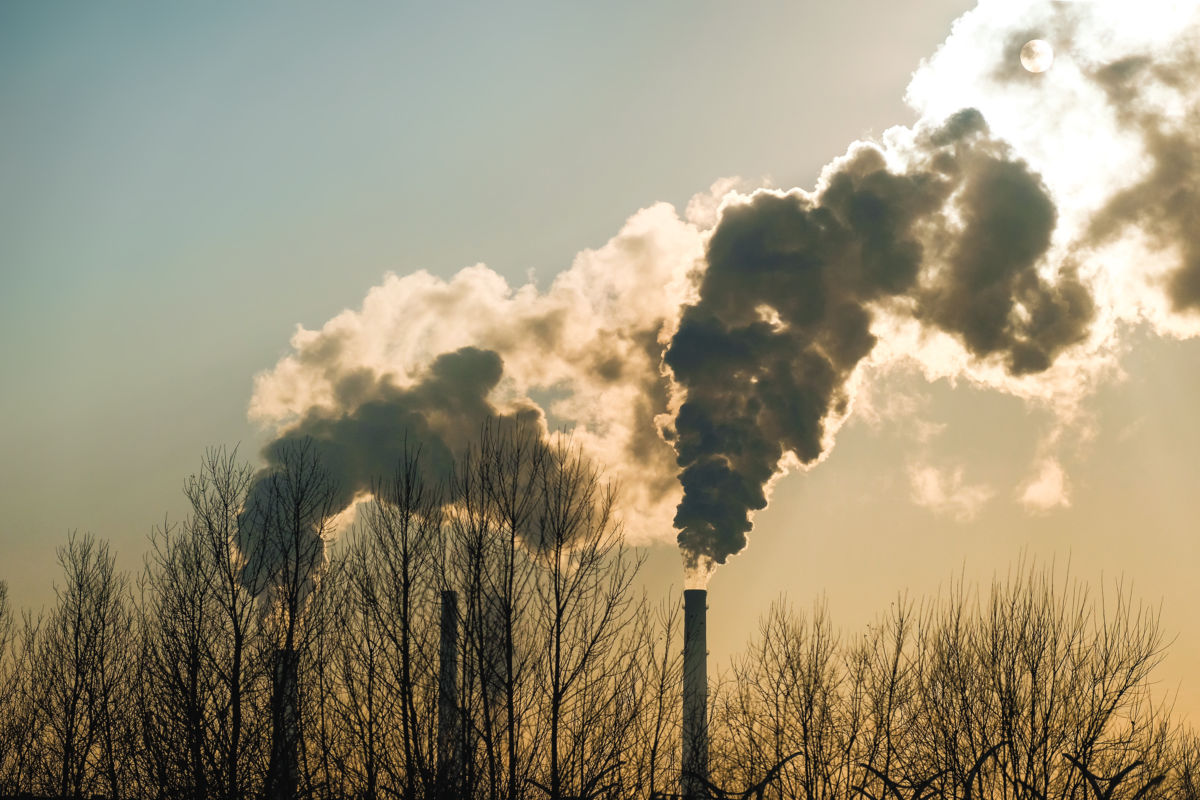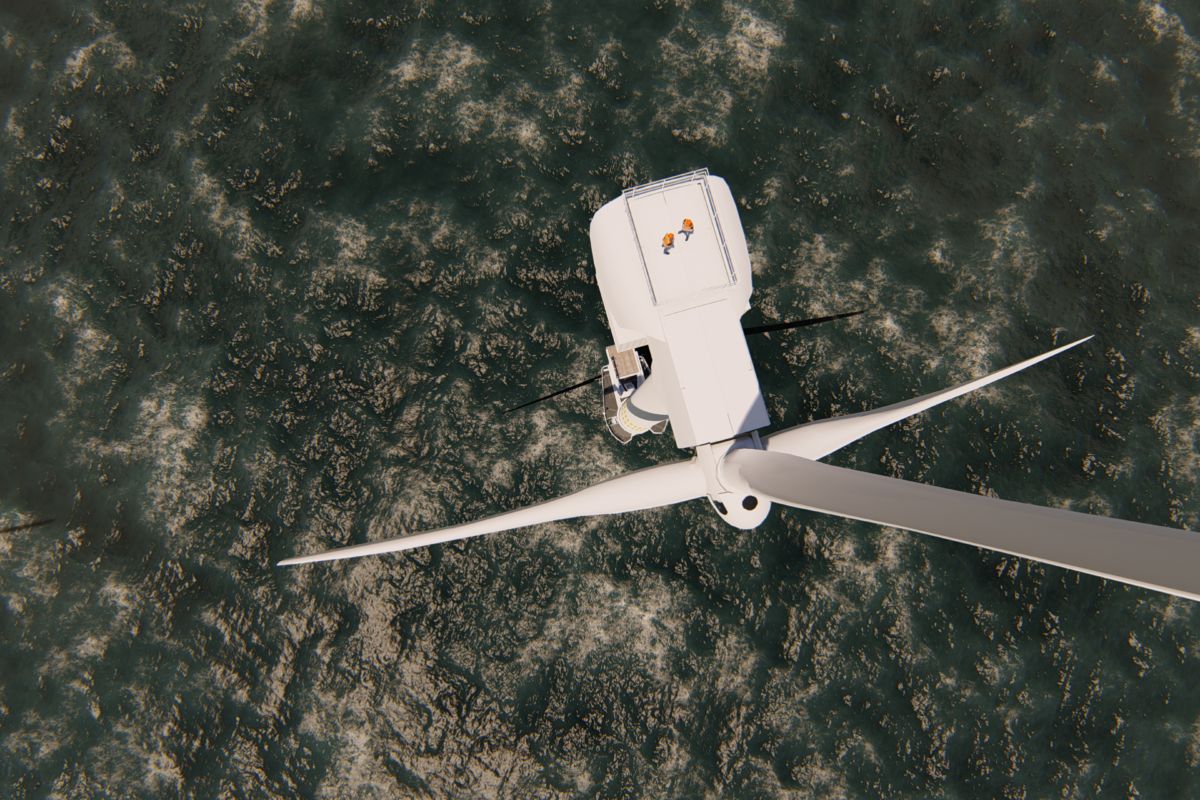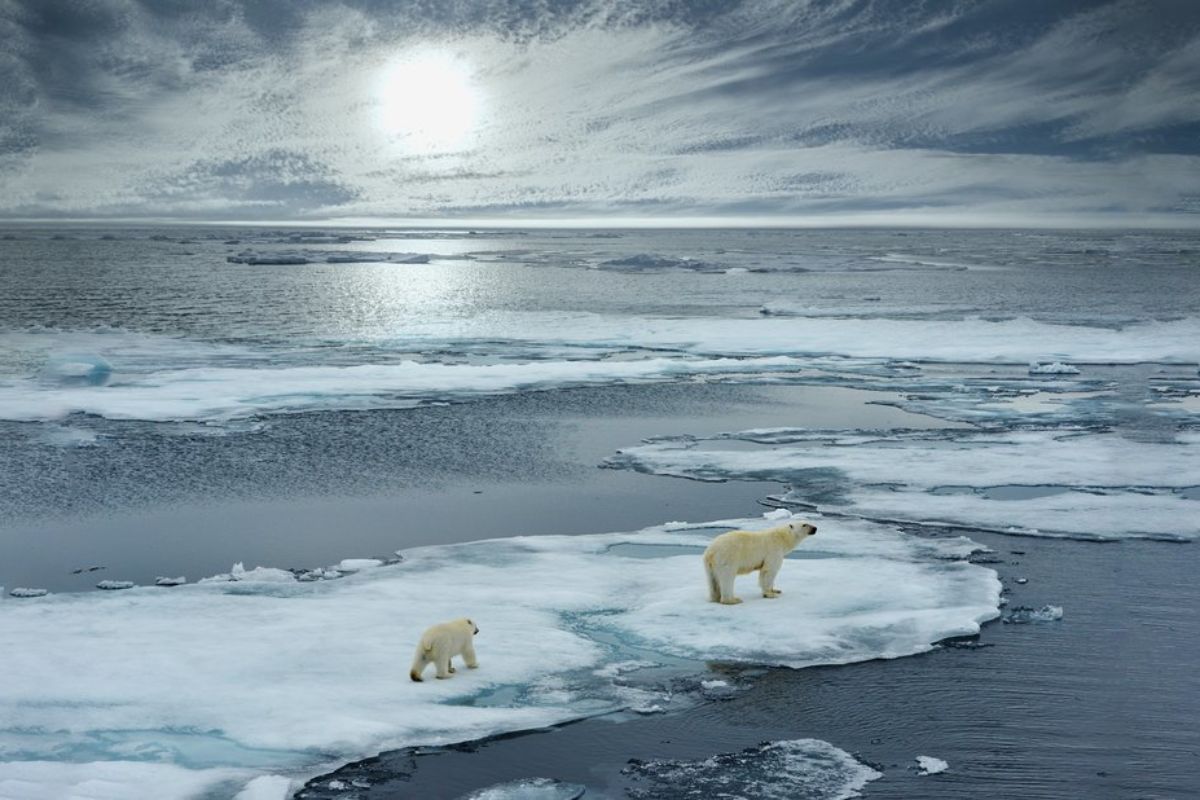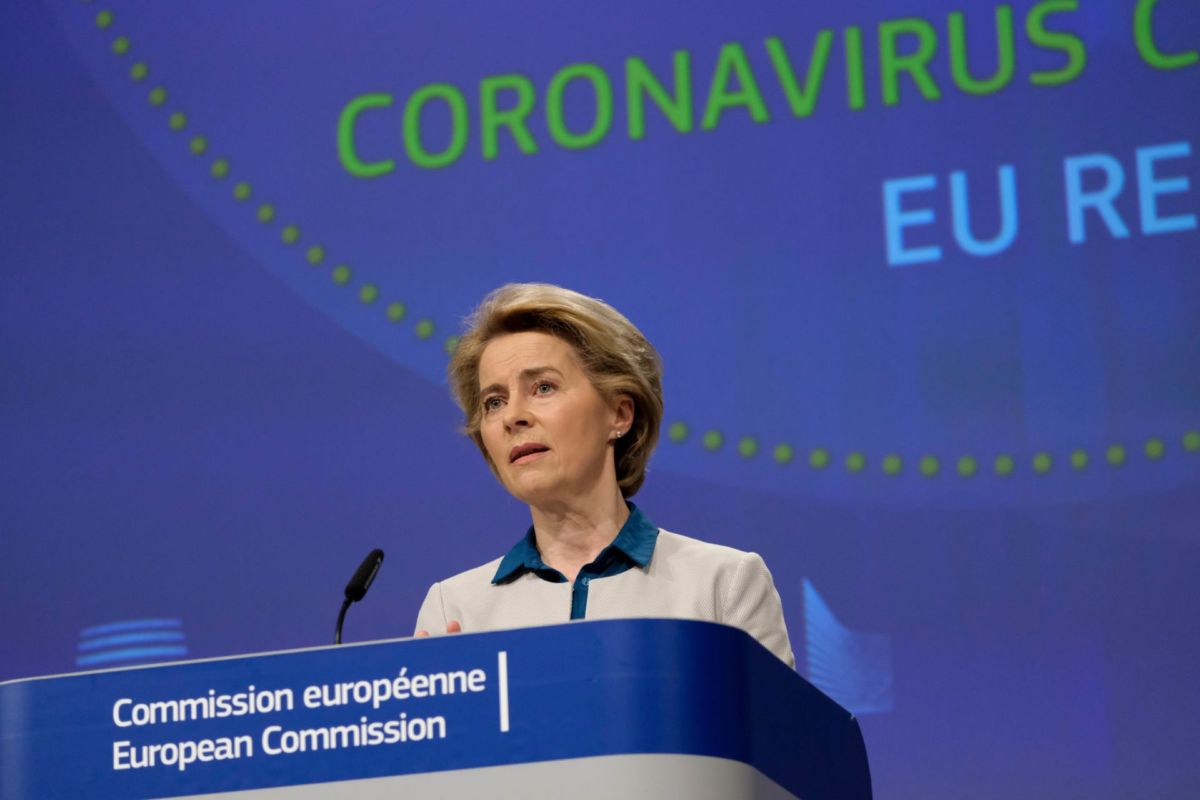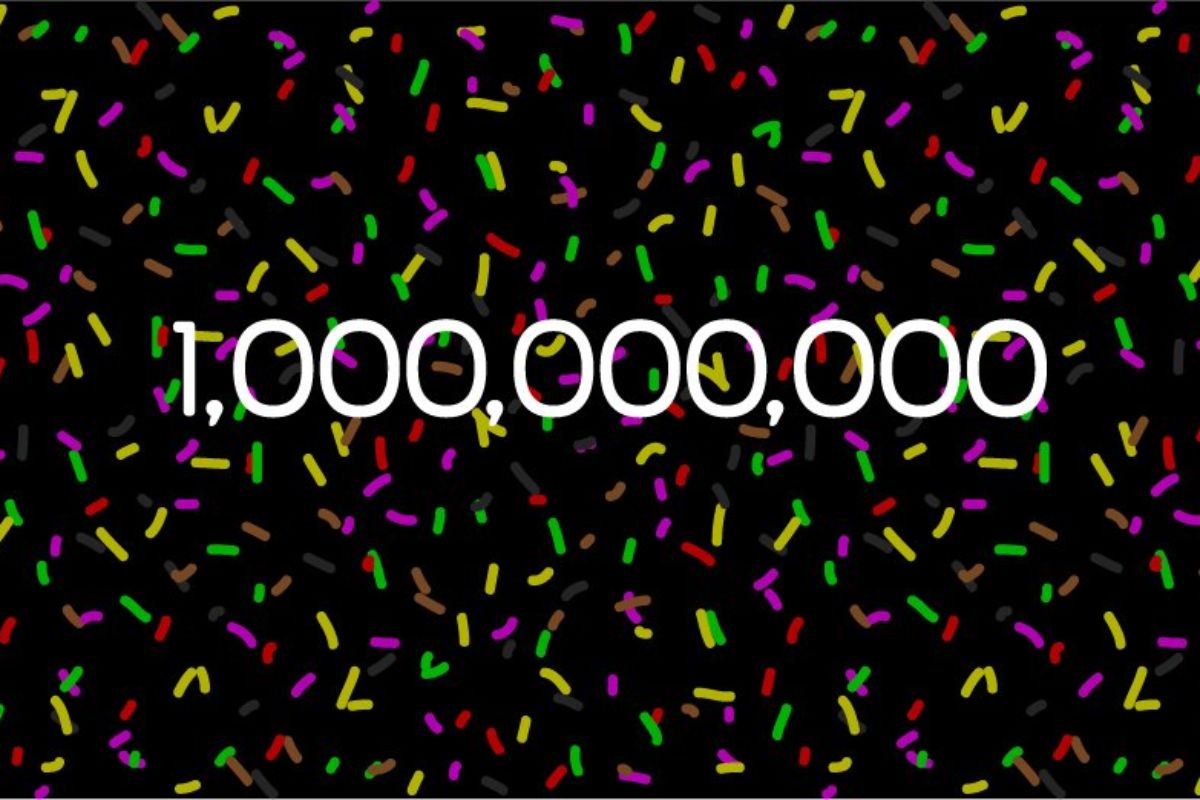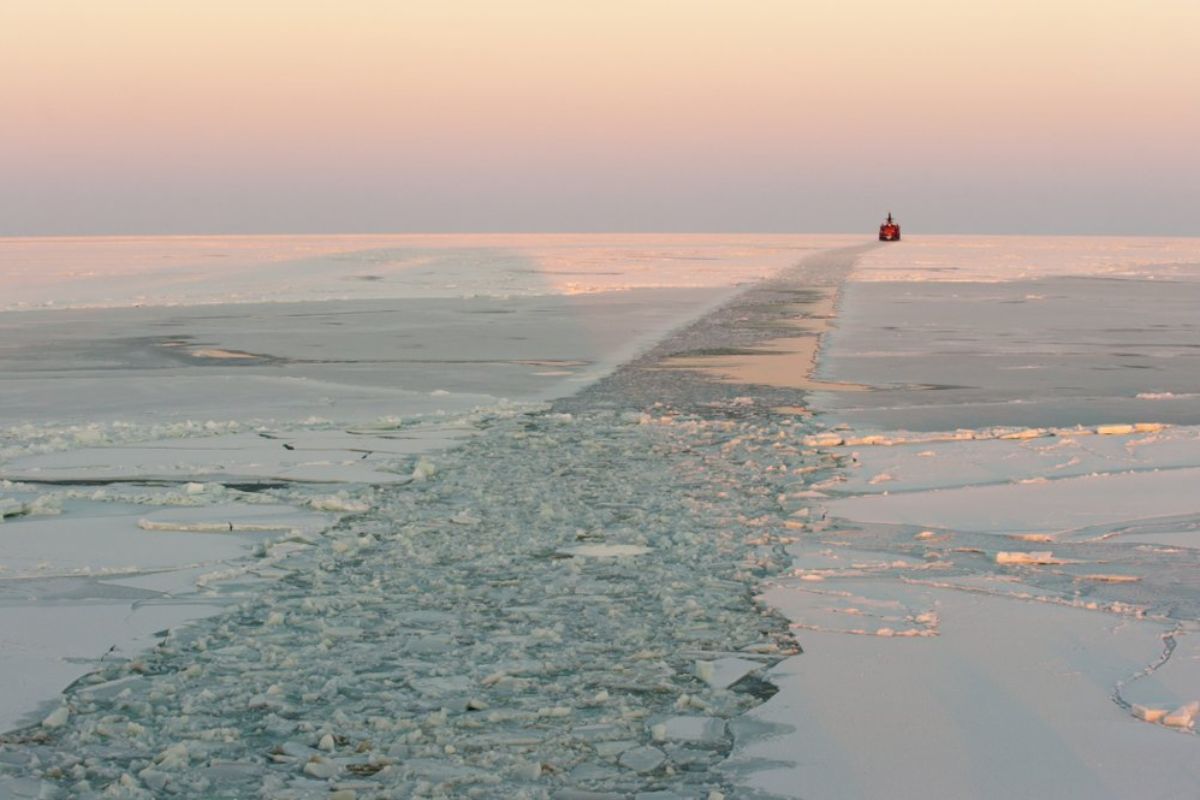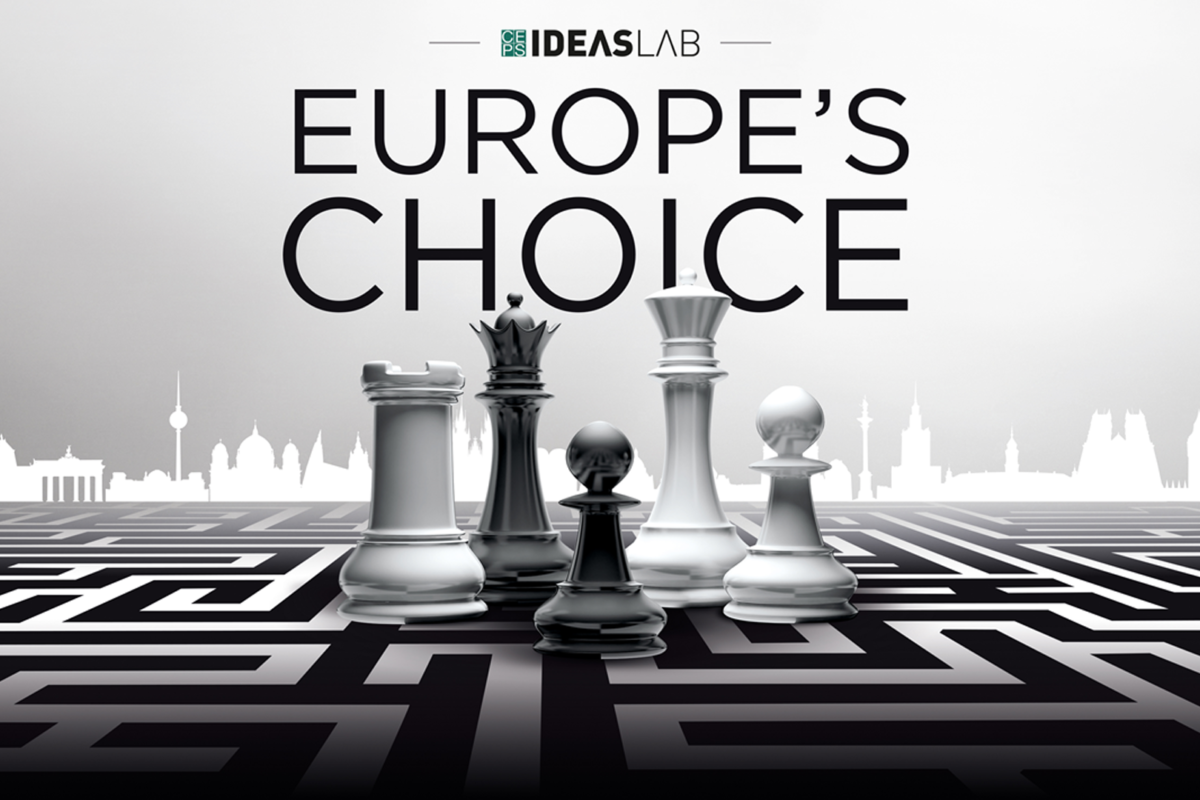In its attempt to strengthen the EU’s role in the world and notably vis-à-vis the other global powers, the new von der Leyen Commission is seeking to use climate change to underpin EU leadership ambitions. The failure of COP25 in Madrid to reach a satisfactory conclusion flags up how hard it will be for the EU to answer the question of what leadership means and especially how it can ensure that others follow.
Climate change knows no borders
The ambition of the European Commission is for a climate neutral continent. By definition, this requires co-operation and engagement with neighbours and beyond. This starts with Brexit: the UK has seen by far the greatest emissions reductions among larger member states. When doing the maths, it becomes immediately clear that without the UK it will be far more difficult to reach even the current reduction target of ‘at least’ 40% by 2030, compared to 1990. With the Johnson government ostensibly wanting a greater distance to the internal market and the ECJ, the UK may well use this a negotiation chip. Soon, the EU might face a choice between accommodating UK demands in other areas in return for keeping the UK in the EU ‘carbon bubble’ or asking member states to reduce more.
Russia and Turkey are part of the continent, and, by 2030, will, on current trends, emit as much as the entire EU, i.e. almost half of all European – defined as the continent – emissions. It will be up to the EU to offer a credible approach to moving towards low carbon. Here, there is a huge opportunity, even a responsibility for the EU, to offer an alternative to the (federal) US approach of doing nothing, or to the Chinese Belt and Road, which, despite its rhetoric of low carbon, involves significant growth in conventional energy and materials use. While arguably not part of the ‘continent’, North Africa would fall into the same category. If the EU is serious about climate neutrality on the ‘continent’ as described in the Commission President’s Political Guidelines, it must go beyond its narrow neighbourhood – and the established partners from Latin America, the Caribbean, Asia and the Pacific (ACP) – and reach out globally.
EU climate change policy will need to look at the bigger picture and ponder what is really at stake: a global balance based on plurilateralism and the rule of law. Partners exist and partnerships could be developed. Take India as an example. Why could India and the EU not develop a low-carbon partnership as a distinct alternative to, for example, the Belt and Road Initiative? This could be built upon a high-level political declaration underpinned by a number of concrete projects, such as supporting India’s fight to clean up the environment, co-operation in preparing a meaningful ‘global stocktake’ under the Paris Agreement, or co-operation on energy issues.
There’s more to trade than carbon border taxes
Here is where trade comes in. Trade has been largely reduced to the issue of a carbon border tax. This was to be expected in the light of the Political Guidelines. Unfortunately, this overlooks the opportunities that trade agreements offer in tackling specific issues and interactions such as on technology transfer, intellectual property rights for breakthrough technologies or subsidy control.
The Green Deal refers to recent trade agreements of the EU and the provision that trade partners should “ratify and effectively implement” the Paris Agreement. And indeed a closer look at the embedded carbon of US, or for that matter of other countries’, materials and basic products could offer a tactical approach to serve the political purpose of responding to US threats with a clear EU stance on multilateral concerns, namely delivering on the Paris Agreement. Virtually all countries have ratified it – Turkey has not done so yet and the US intends to withdraw. But what does “effectively implement” really mean in the context of a system built on voluntary national pledges? Is it just about following the process of submitting Nationally Determined Contributions? Or will the EU judge the contents of these pledges when conducting its trade policy?
It is fortuitous that the next cycle of pledges, due in 2020 and leading to the first global stocktake in 2023, will require comparability of efforts. This process, if meaningful – the ongoing but fraught negotiations at the UNFCCC will determine this – should create transparency regarding climate actions across countries and intensify the debate on who causes what emissions where, and who is responsible for their internalisation and, ultimately, their mitigation. At the end of the day, this will entail a closer look at trade flows in embedded carbon.
While most of such an international Green Deal agenda could be supported by the structures of the UNFCCC, the WTO or the World Bank, this is not strictly necessary. Stasis within the multilateral bodies does not (should not?) prevent the EU from forging bilateral partnerships that support global emissions reductions, development and investment.



